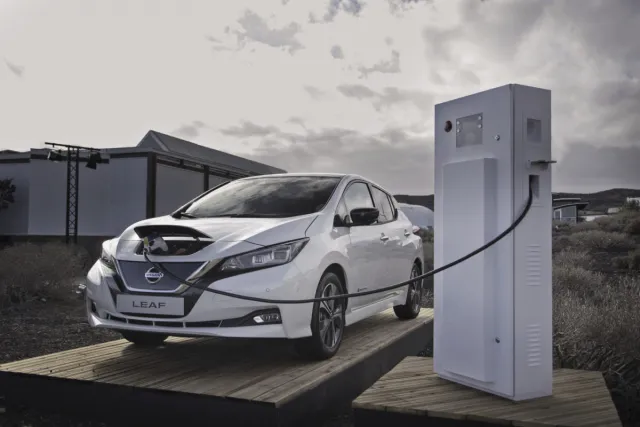‘Unprecedented’ collaboration between EV manufacturers could launch large-scale transition
Aug 8, 2019 04:48 PM ET
- Energy analysts from the United Kingdom have found that many of the world’s largest car manufacturers that are launching EVs, or looking to launch EVs, are engaged in an “unprecedented” level of collaboration in order to share the costs and risks inherent in EV development. Cornwall Insight found that the collaboration could see a major boom in supply from the early 2020s.

“Charged Up: Future Fleet,” a report released this month by Cornwall Insight, has found that global automotive manufacturers are collaborating at a gathering speed. Since December 2018, eight of the 13 major car manufacturers have initiated or are attempting to enter into EV joint ventures. Collaboration in the production of EVs is a global trend. But what is driving the trend? And what will the effect of the trend be?
In recent weeks and months, major innovations in the EV market have been prevalent, notable for the increasing integration of solar PV. Be it Hyundai’s new Sonata, the trials for Toyota’s new Prius PHV, or the high-end Lightyear One, all these EVs are attempting to curtail the great headwind slowing the inevitable march of the EV industry: range-anxiety.
However, the cost of these innovative advances makes some EVs overly expensive and those which are affordable can only be made so through painstaking attention to usage patterns. If a large-scale transition to EVs is going to take place in the next decade, it will require serious economies of scale. This is what the global trend of manufacturer collaboration could provide: large-scale production of inexpensive EVs.
“The alliances allow higher volumes of capital to be invested to help them obtain the necessary economies of scale to make the cost of EVs more attractive to customers,” said Tom Lusher, an analyst at Cornwall Insight. “These projects’ investment and knowledge are predominately concentrated on research and development and the manufacturing of EVs. This is likely to see the supply of EVs to international markets begin to pick up in the early 2020s.”
Much like solar PV, the large-scale transition to EV and solar EV will come when they become affordable for a significant proportion of the population. As soon as that happens, the dynamic will shift to consumers not being able to afford not to have one.
“Currently, fleets and domestic customers alike are struggling to purchase EVs and initiate a large-scale transition,” said Lusher. “These collaborations are likely to be a critical movement that works to remove this barrier in the years to come … The scale of collaboration between major automakers is unprecedented. The automotive market is showing unprecedented levels of collaboration and investment in EV development.”
Also read

